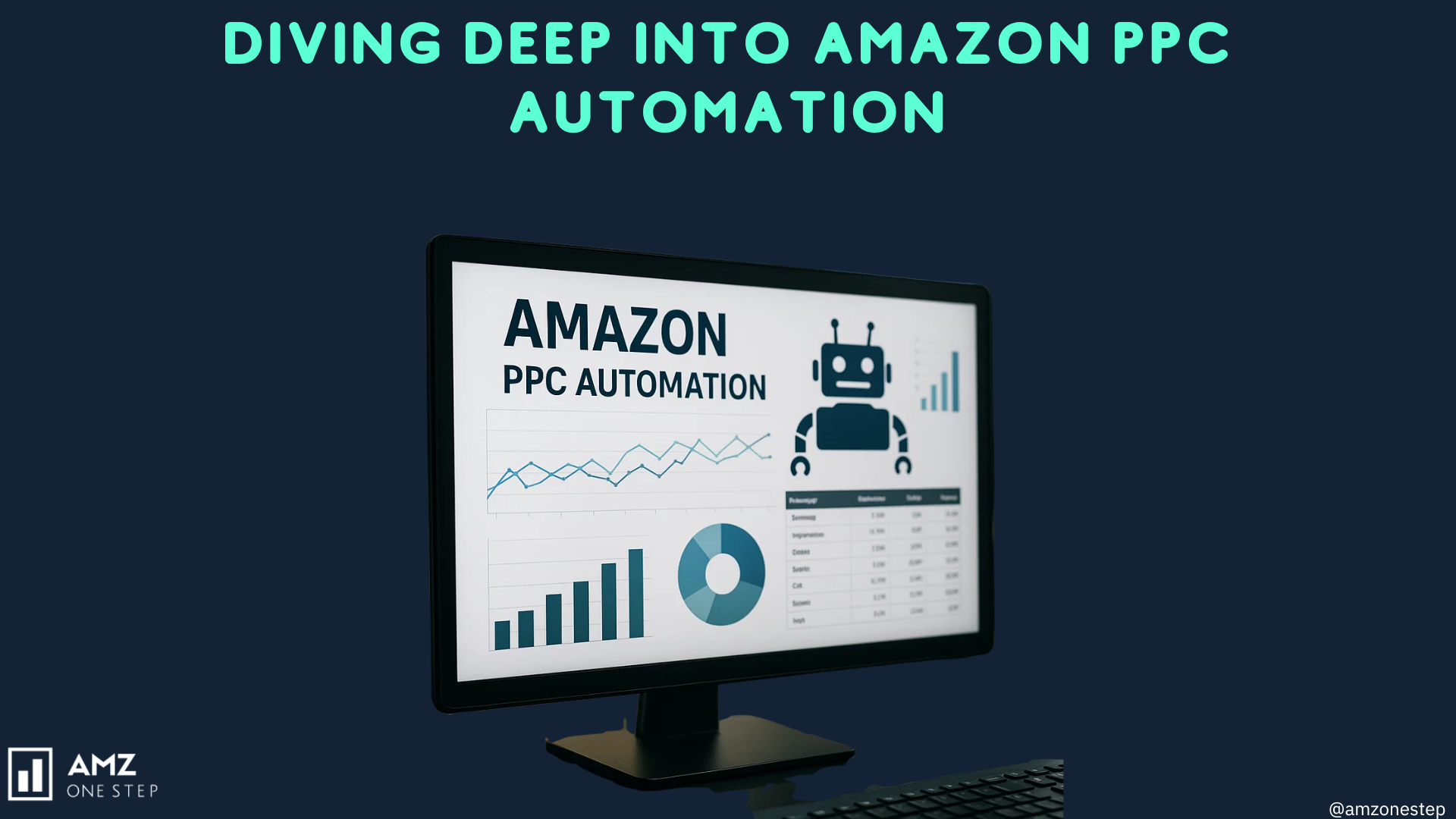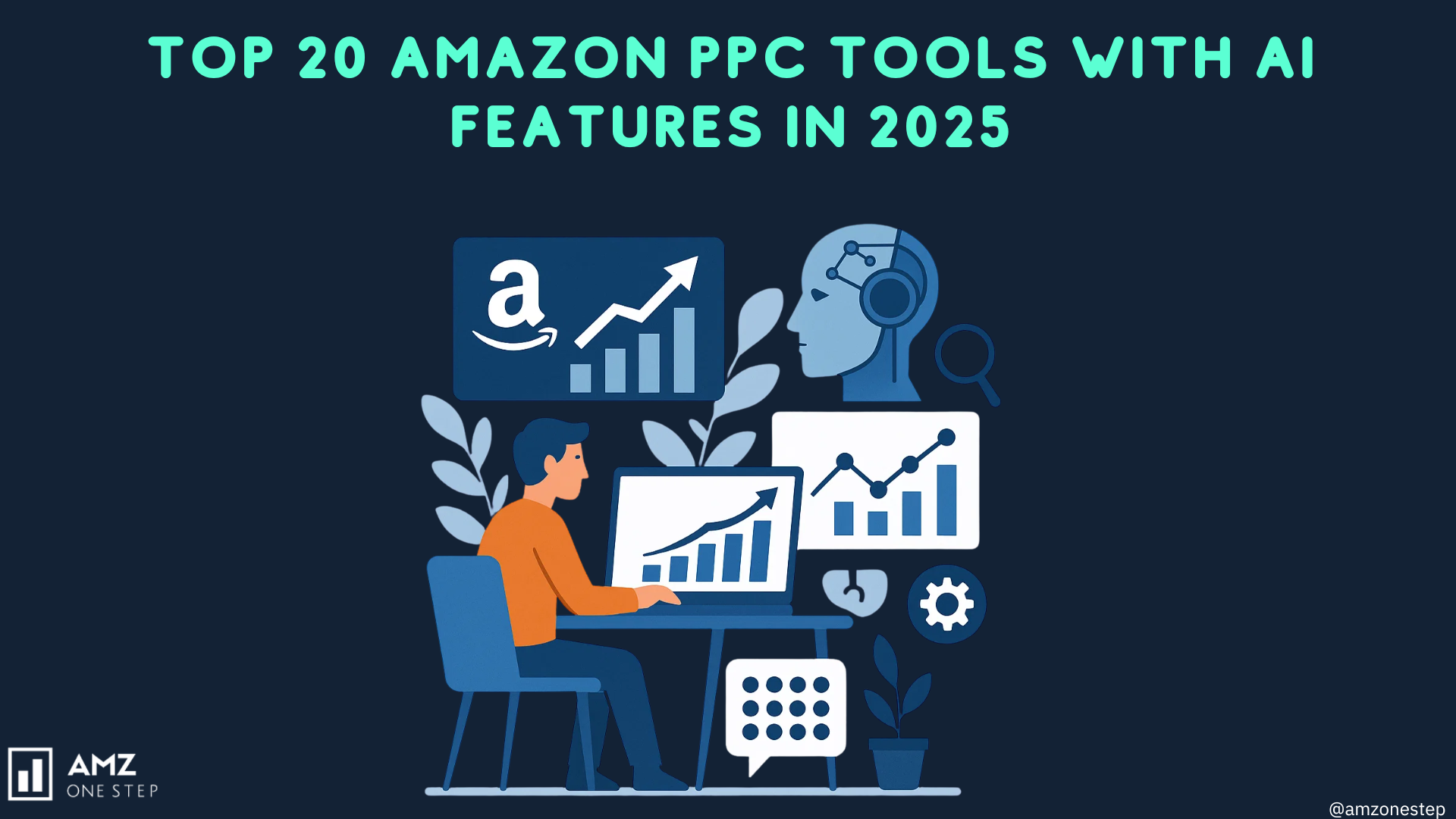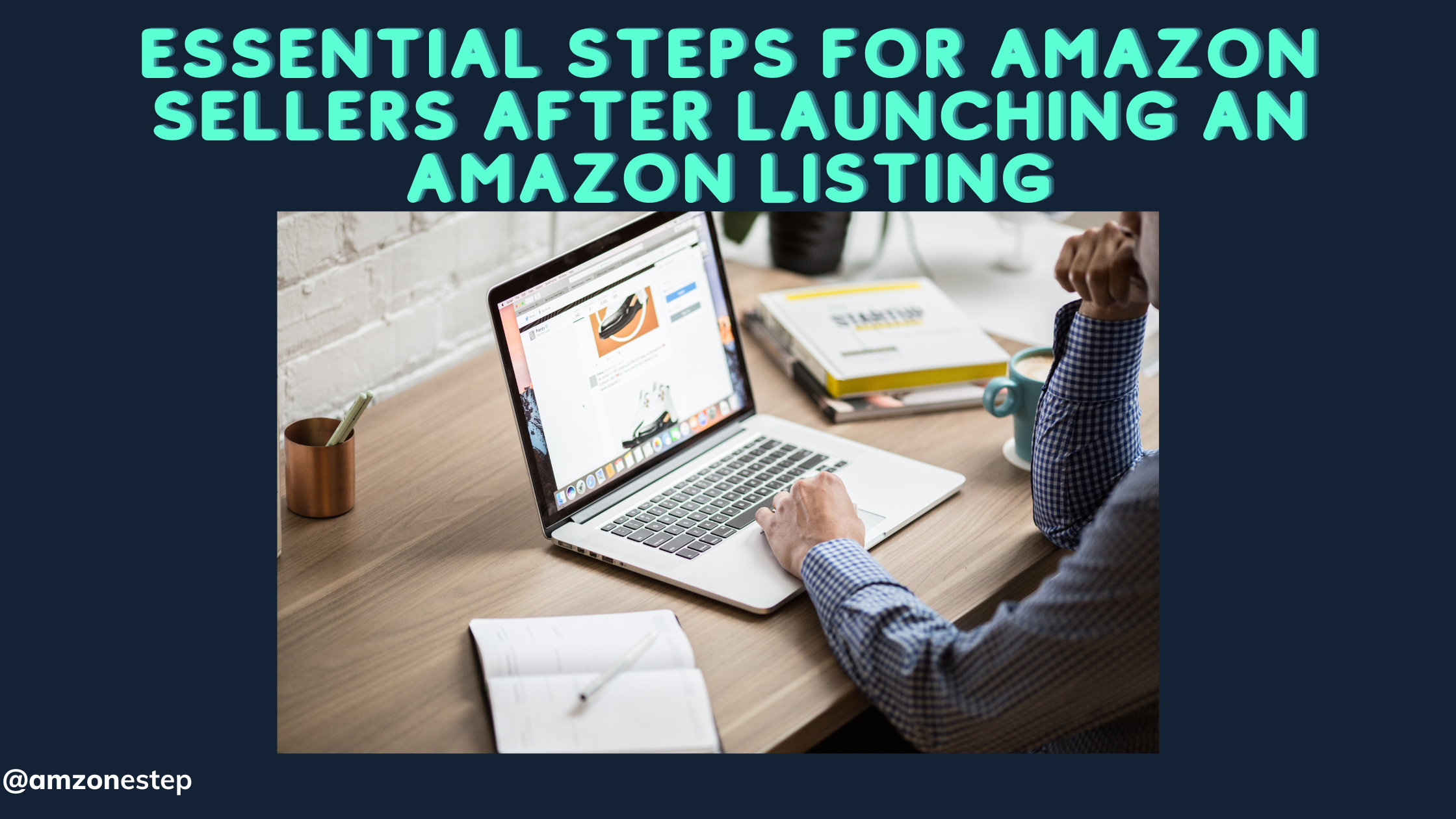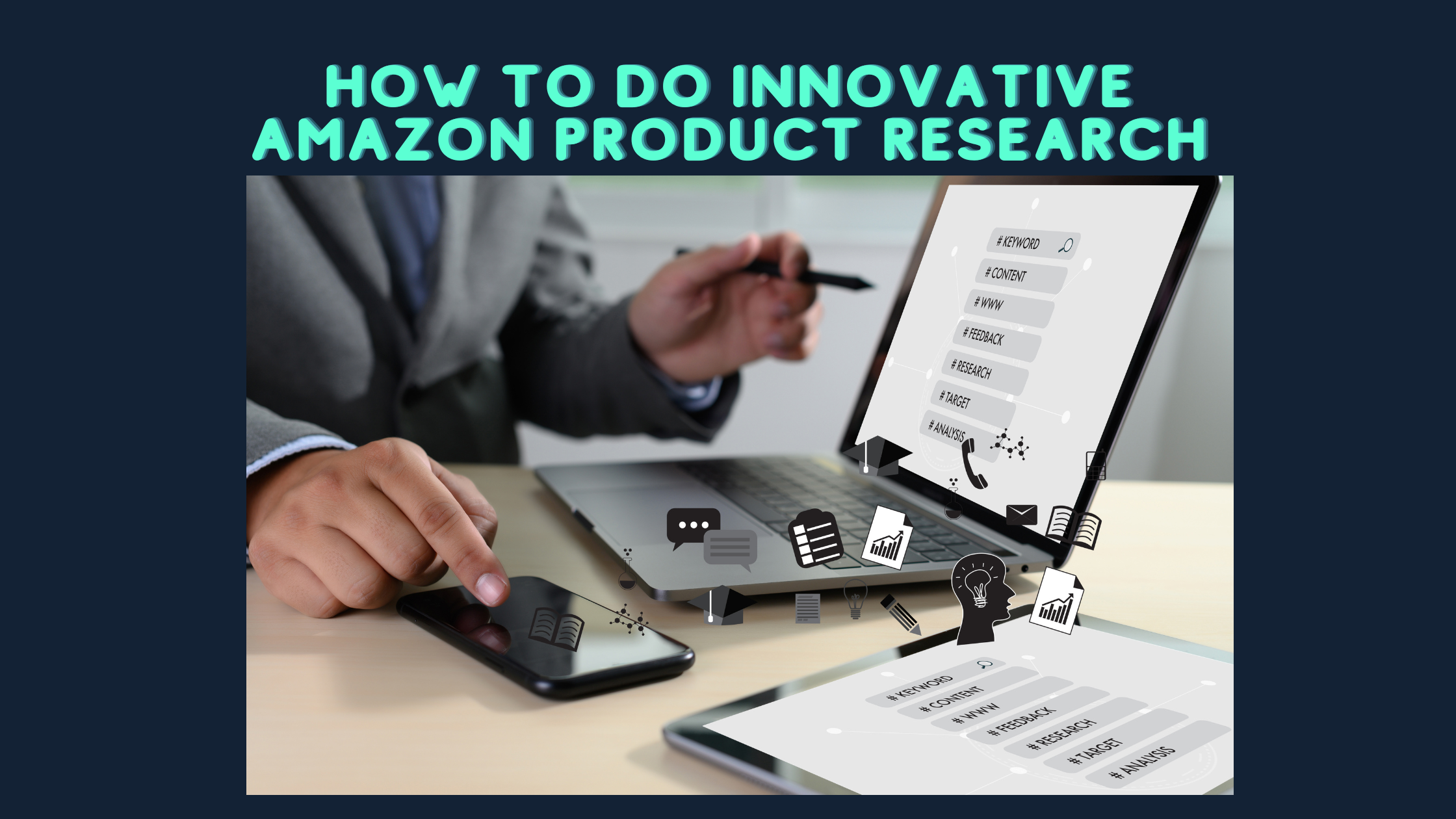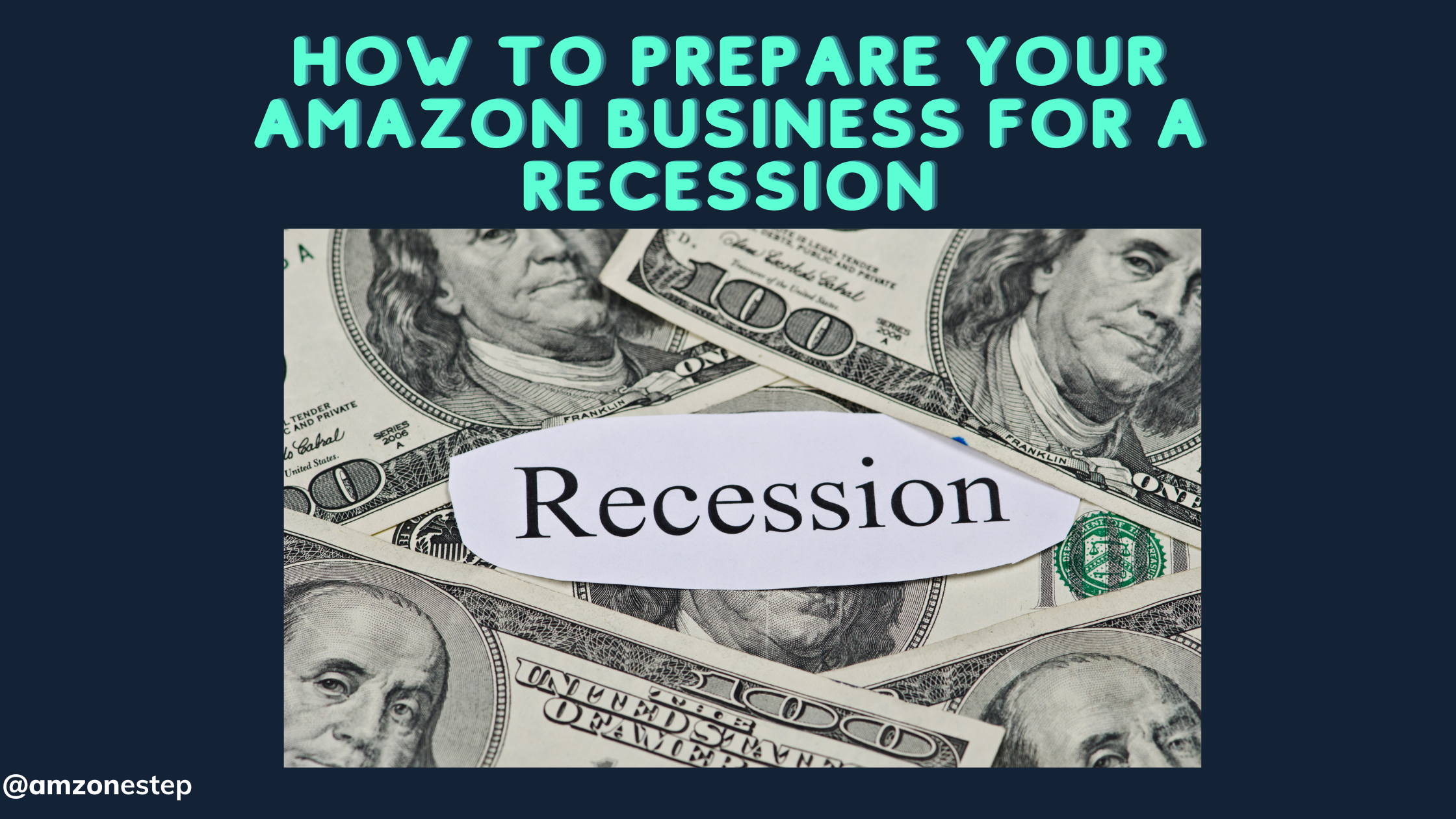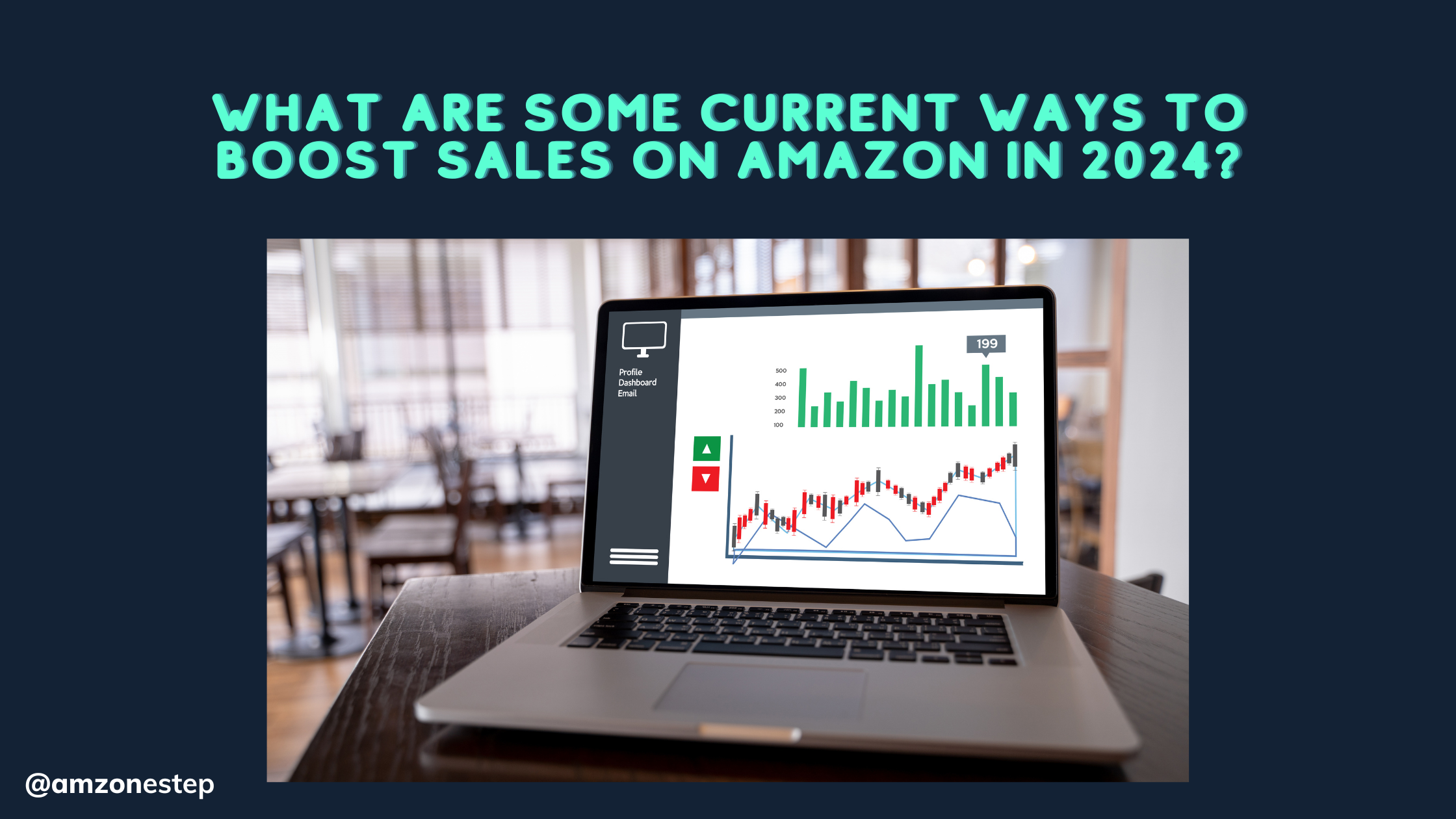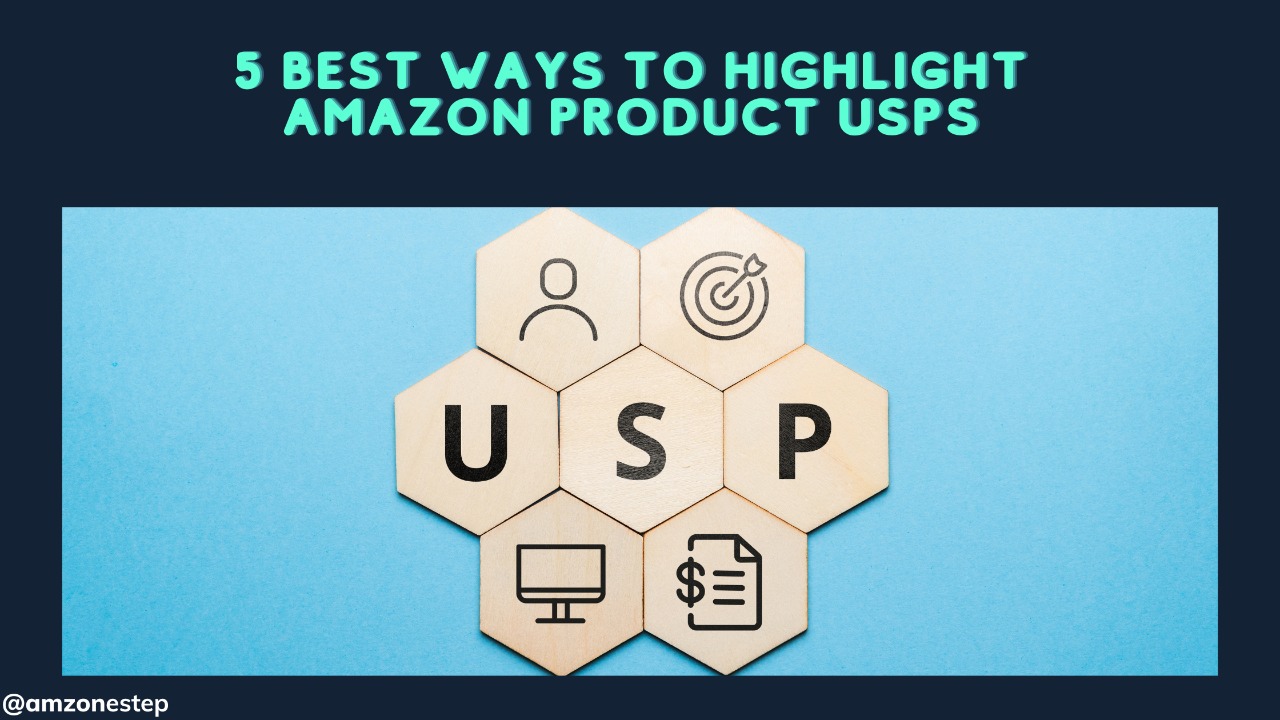Sellers cannot just throw unlimited items in the Amazon fulfillment center with hopes of selling all the stock. Inventory management is an essential part of a successful FBA business. You pay through the nose if you keep too many items in the fulfillment center. The Amazon IPI score shows how efficiently you manage your inventory. Amazon rewards high scores and implements restrictions on low-scoring sellers. They know their space is valuable, and storing stranded inventory will hurt their business. You need to learn all the tricks to avoid a low IPI score, and we cover all of these tricks in our blog!
Read More: Amazon Inventory Management Tips to Get You Started
| Don’t Get Stuck Sitting on Inventory: Improve Your Amazon IPI Score | |
|---|---|
| 1. | Amazon IPI Score: The IPI score measures the efficiency and productivity of inventory management. Higher scores indicate better inventory management. |
| 2. | Where to Check My IPI Score: Log in to Seller Central and click on Inventory.
|
| 3. | How Amazon Calculates IPI Score: The formula is undisclosed, but Amazon most likely uses the sell-through rate to calculate the IPI score. |
| 4. | Amazon IPI Threshold:
IPI Score Above 450: Average IPI Score Above 550: Excellent IPI Score Below 350: Additional Storage Fees & Storage Restrictions |
| 5. | How to Improve My IPI Score: Improve your sell-through rate, avoid excess inventory, and create removal orders for stranded inventory. |
| 6. | Additional Tips to Improve IPI Score: Use PPC advertising, pricing strategies, removal orders, and listing optimization to improve your IPI score. |
Amazon IPI Score
The Amazon IPI score measures the efficiency and productivity of your Amazon FBA inventory management. It ranges from 1 to 1000; higher scores indicate excellent management, while lower scores indicate poor inventory management. Therefore, sellers should aim to get a high score because it gives them several advantages. Amazon FBA sellers who efficiently manage inventory receive several privileges. Moreover, efficient inventory management is a sign of a prospering business. Minimal bottlenecks and productive inventory turnover also show that the product sells quickly. Sellers cannot overstock or understock the inventory and must find the perfect balance to achieve a great IPI score.
Where to Check My IPI Score?
You can check your Amazon Inventory Performance Index score in three simple steps. Follow the instructions given below to find your IPI score.
- Log in to Amazon Seller Central and click on Inventory.
- In the drop-down menu, select Inventory Planning.
- Click the Performance tab, and it will show you your IPI score.
Now, you might either get disappointed or happy after seeing your score. Either way, you can still take many actions to improve your score. The most important thing you should know is that IPI scores are not static and keep changing based on your previous three months of performance. If you keep improving your inventory management, your IPI score will keep improving. Do not despair and get to work even if your score is poor! Let us show you how to correct your IPI score.
How Does Amazon Calculate IPI?
Amazon has not disclosed the Inventory Performance Index calculation formula, making it even more complex to understand the IPI score. The organization is secretive and does not want to reveal its algorithms and ranking mechanisms. Amazon has assured sellers that the IPI score does not decrease if a seller runs out of stock. However, stranded inventory decreases the IPI score, as your items are stuck in the warehouse. It means that out-of-stock items represent missed opportunities, but stranded inventory is the death of your IPI score. Study the demand for your product, and do not fill up the fulfillment center with excess inventory.
The sell-through rate is another factor that affects the Amazon Inventory Performance Index score. It refers to the number of units sold and shipped in the last three months divided by the number of units still in the inventory (see the image below for reference). The percentage shows how much stock was on hand in the past 30 days. A low sell-through rate means your items are not selling and are just sitting in the warehouse. As a result, your products are occupying needless space in the Amazon fulfillment center.
Amazon IPI Threshold
Amazon FBA sellers must meet the minimum IPI threshold to avoid penalty fees and restrictions. Extra storage costs can prove detrimental to your business if you are not careful. According to Amazon, an IPI score above 450 is the average score. Every seller should be near this score, but falling below 350 leads to additional fees and storage costs. Moreover, you can only send a limited number of units to the fulfillment center. Avoid going below 350 at any price, and do whatever you can to raise your score. An IPI score of 550 and above indicates your inventory management is excellent. Aim for this score if your Amazon FBA inventory management is currently above 450.
IPI Score Above 450: Average
IPI Score Above 550: Excellent
IPI Score Below 350: Additional Storage Fees & Storage Restrictions
How to Improve My IPI Score?
What can sellers do to improve their IPI score? We have compiled a list of recommendations that can improve your score. Follow these recommendations as much as possible, and the IPI score will rise.
Avoid Excess Inventory
Amazon aims to make the best use of its warehouse space and does not tolerate excess inventory. Be careful and never send too many units to the fulfillment center. When your FBA stock exceeds a 90-day supply, Amazon terms your item as excess or overstock, meaning you have sent the unnecessary stock to the warehouse.
The best practice is to maintain an inventory of 30-60 days. Keeping a low stock has no lasting disadvantages, but you may miss out on sales opportunities if your product runs out of stock. However, running out of stock is much better than paying extra storage fees to Amazon and incurring storage restrictions. Thus, keep a small inventory in the fulfillment center and never ignore your supply and demand statistics. Only increase the stock if the demand is projected to rise shortly.
Improve FBA Sell-Through Rate
The sell-through rate is the number of units shipped in the past 90 days divided by the number of units still in inventory.
The sell-through rate depends on the duration the products stay in inventory. Think of the 90–day-sell-through rate as your salvation. It means that your stock is clearing out in 90 days, so you are not consuming unnecessary space in the fulfillment center. Most importantly, the 90-day-sell-through rate will keep the IPI score in the green graph, which is your ultimate goal.
Amazon Seller Central also gives helpful recommendations to improve the sell-through rate. Go to the inventory dashboard and click “improve sell-through” to see the suggestions. Amazon wants to help you turn over your inventory in a short time. So, follow their advice and try to consider all of their recommendations.
A last-ditched method to improve the sell-through rate is decreasing product prices. Run a promotion and sell your products at low prices to clear out your entire inventory. It might save you from excess inventory but will decrease your profit margins.
Stranded Inventory
Stranded inventory is the biggest nightmare of any FBA seller. Imagine you sourced a new product and were expecting high demand for the product. So, you sent 30-60 worth of stock to the fulfillment center. However, there was a problem with the Amazon product listing, and it went down for some reason. Do not just take this as a hypothetical situation because it is a realistic situation on Amazon. Listings get banned for several reasons, and you cannot do anything about it. As a result, your inventory is stuck in the warehouse. No items are being offered, and the stock is just taking space in the fulfillment center. You must create a removal order to get rid of the stranded inventory.
If stranded inventory sits in the fulfillment center for 365 days, you will have to pay long-term storage costs. Draft a removal order as soon as possible to remove the stranded stock. Another option is to activate the Amazon product listing if possible, but you will need to clear out the inventory quickly. Stranded inventory severely lowers the IPI score and is harmful to the business. The inactive stock serves no purpose and only consumes precious resources. So, ditch the stranded inventory on the first chance you get.
In-Stock Inventory
Being out of stock does not decrease your IPI score, but it is a missed opportunity to improve. It means you are missing out on sales opportunities that can increase your sell-through rate. Amazon also calculates the estimated number of orders you missed due to out-of-stock status. Continuously missing out on sales also indicates inventory mismanagement. Do not be overcautious, and keep your most popular ASINs well-stocked. Use forecasting tools and other methods to track the demand for your product.
Are you working with seasonal products? If yes, mark your ASIN as non-replenishable in the restock inventory. Seasonal products often sell out in a few weeks. However, you might be stuck with these items when the season finishes. Create a removal order to remove any leftover seasonal products after the season is finished.
Additional Tips to Improve IPI Score
Here are some additional tips that can help you to improve your IPI score.
Advertising
Amazon PPC advertisement is a great way to increase your sales. Higher sales translate to a high IPI score because you are clearing the inventory at a high rate. Active advertisement is also much more effective if your product rank is not that good. Advertise to the audience and do not wait for them to search for your product, which might not even pop up due to poor product rank.
Pricing
A competitive pricing strategy always increases sales, and you may have seen countless sellers running offers on their products. Do not decrease the price too much if your products are already making a healthy revenue.
Removal Orders
As we mentioned above, create removal orders to remove dormant inventory that is not making any profit. You cannot afford to let these items sit in the warehouse for long.
Time Shipments to the Fulfillment Center
Time your shipments well and always maintain a 30-60 day stock. Avoiding a low IPI score does not mean that you should continually run out of stock. Maintain a smaller inventory, but keep it stocked to avoid missing out on sales.
Improve Product Listing
Amazon listing optimization can help you to clear out your inventory. It helps to attract relevant traffic to the Amazon listing and increases conversions. Optimize all your product listings to increase sales velocity and frequency. Find the best Amazon listing optimization service to improve your product sales.
Conclusion
Swift and efficient inventory management are essential for making a profit on Amazon. You will be stuck paying storage fees forever unless you improve inventory management. Learning about the IPI score and using different tricks to improve your sales will help your IPI score. Moreover, these methods will help you to be more efficient. You will only pay the minimal Amazon FBA fees if you have a decent inventory turnover. Do everything you can to get in the green IPI rating, as it will help you to gain several advantages. Remember the lesson; stuck inventory equals financial losses.

Hi there! I’m the content marketing and branding specialist for AMZ One Step. I work hard to create engaging and informative content that helps our readers learn more about Amazon selling and how to make the most of their businesses. I love spending time with my family and exploring literary works when I’m not writing or working on projects.


